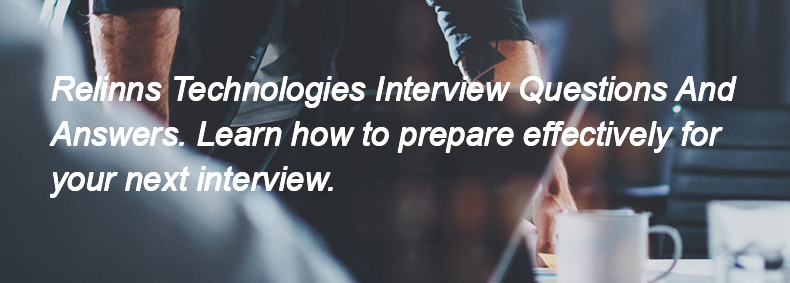In Flask, you can create a request context using the `app.app_context()` and `app.test_request_context()` methods. For handling requests, you typically use the `@app.route()` decorator, which automatically creates a request context when a request is made. For manual creation, you can do:
```python
with app.test_request_context():
# Your code here
```
This allows you to access `request` and `session` objects within the block.

